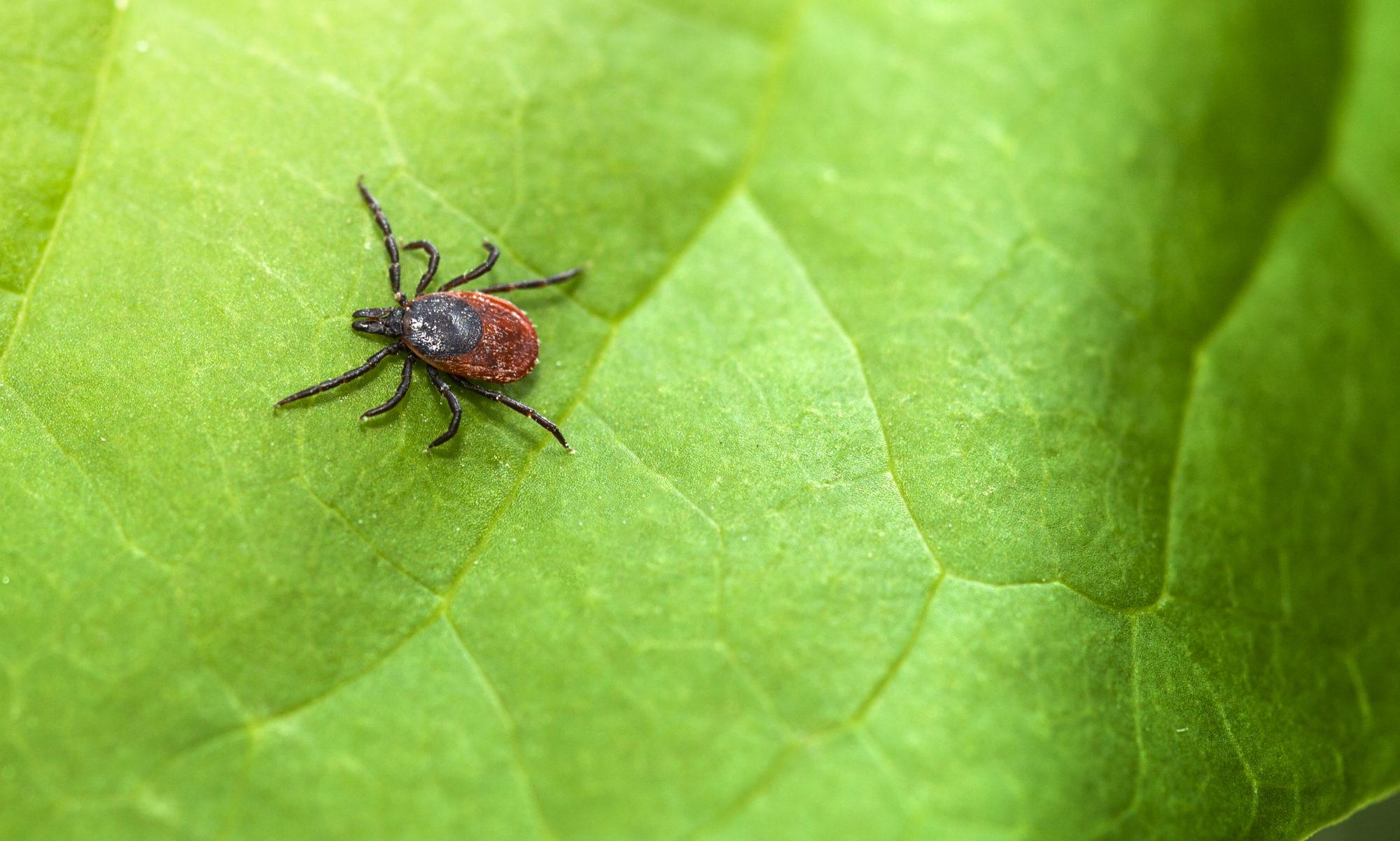It is important to recognize potential sources of error and limitations of this study. There are two main types of possible errors: those related to data acquisition and processing and those resulting from assumptions and extrapolations.
Data acquisition and processing
The data for the lyme disease cases from CDC is reported based on the location of the hospitals and clinics where the disease was diagnosed instead of where it was contracted (2016). This introduces sources of error as the exposure to lyme disease could have occurred in a different region and time, but was recorded only when the patient noticed the symptoms and visited a local hospital. Another problem is that the cases are reported as aggregates based on national, provincial or municipal boundaries. The administrative boundaries have nothing to do with the ecological habitats of ticks and optimal ecological ranges of lyme disease. This introduces errors as the spatial units for reporting lyme disease do not incorporate knowledge about suitable contraction areas (Ozdeneral, 2015). Some of the data processing and conversions, such as raster cell size manipulation and point to raster conversions, unavoidably resulted in some loss of data accuracy.
Assumptions and extrapolations
Since we did not go out into the field to conduct strategic sampling we do not have data to validate our habitat predictions. Although not a source of error, strategic field sampling could strengthen the validity and application of our results. Land surface temperature is a much better tick survival-determining variable than air temperature since ticks spend most of their life at ground level (Cheng et al., 2017). However we were only able to obtain air temperatures and had to assume that they would still produce a significant result. Our predictions were based on the assumption optimal tick habitat ranges were directly correlated with optimal lyme disease contraction sites. Our study extrapolated changes in tick habitat for 2050 and on the basis of our results and academic literature made inferences about lyme disease prone areas in 2050.
Next section: Conclusion
